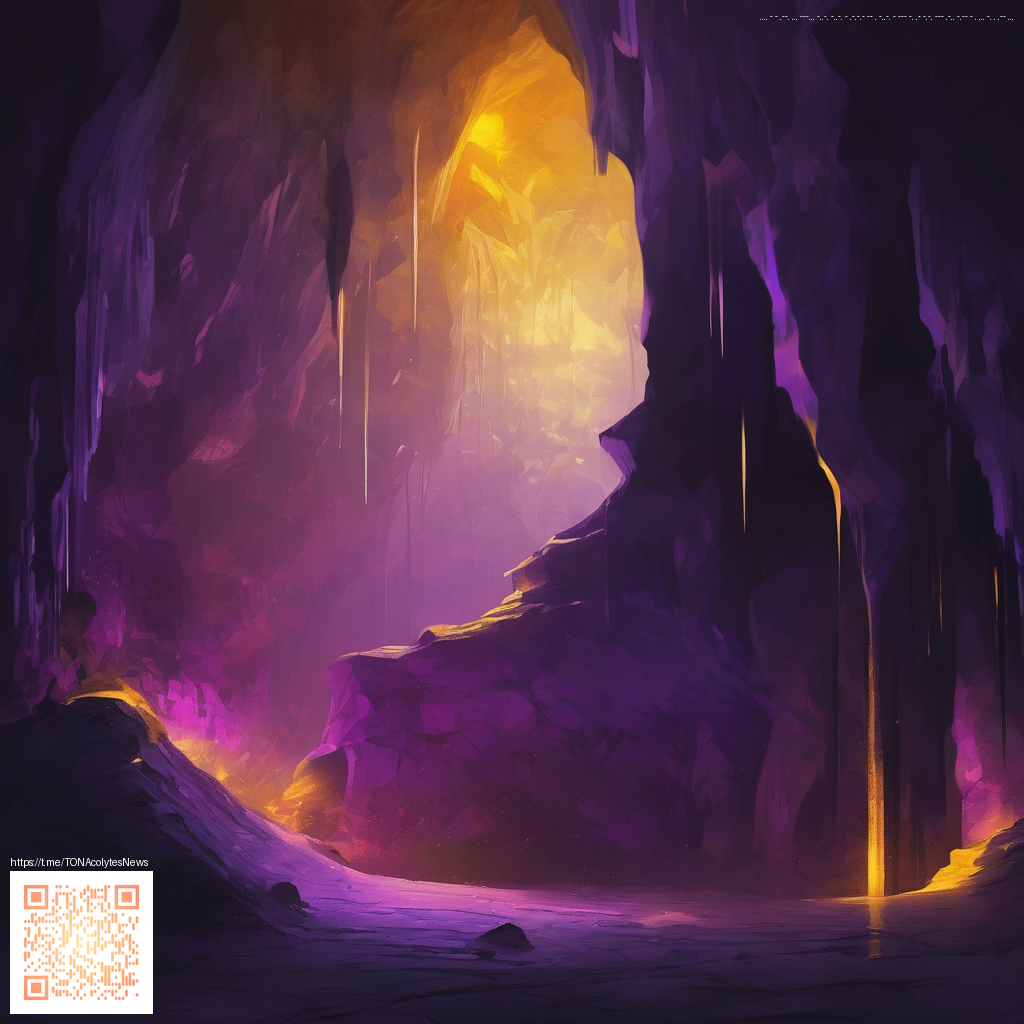
Bringing tactile texture into your color grading workflow
Paper textures offer a surprisingly effective way to inject character into cinematic color grading. Unlike synthetic grain or flat digital noise, real or scanned paper fibers bring micro-contrast, subtle warmth, and a sense of physical materiality to your frames. When used thoughtfully, these textures help your footage breathe—creating a tactile feel that viewers subconsciously respond to. The trick is to treat texture as a nuanced tool in the colorist’s kit, not as a loud overlay that dominates the image.
Texture works across both stills and motion. Whether you’re calibrating a documentary sequence or shaping a moody narrative trailer, a well-chosen paper texture can complement your LUTs and grade ramps. It can soften harsh highlights, add a touch of vintage warmth, or provide a gentle, film-like density that keeps the image from feeling too clinical. And yes, you can keep your setup portable and stylish—even on set or during a shoot break—by pairing your gear with practical accessories like a Neon Phone Case with Card Holder MagSafe Card Storage, which you can explore at this product page Neon Phone Case with Card Holder MagSafe Card Storage.
Practical workflows for integrating paper textures
Incorporating textures into your workflow begins long before you press render. Start with a well-curated texture library and a plan for how textures will interact with your color space and grading timeline.
- Source textures thoughtfully. Use scans of plain white paper for clean highlights, kraft paper for warmth, laid or wove papers for organic grain, and grid or ruled textures for a subtle overlay that hints at period aesthetics.
- Prepare assets correctly. Save textures as PNGs with transparency when you want an overlay, or as grayscale TIFFs if you’re using them as a matte. Shoot or scan at high resolution to preserve micro-details that matter in the grade.
- Layer and blend with restraint. In DaVinci Resolve, Premiere, or Final Cut, place textures on a separate layer above your primary correction. Experiment with blend modes such as Overlay, Soft Light, or Multiply, then dial opacity to taste—often a gentle 5–20% is enough to add depth without becoming obvious.
- Match mood and light direction. Textures read differently depending on lighting. A texture that works beautifully on a day exteriors sequence may overpower a noir interior. Adjust contrast and white balance first, then re-apply the texture as a finishing polish.
- Maintain consistency across scenes. Create a shared texture profile for a project—same texture set, similar opacity range, and a standard white point. This helps your frames feel part of the same cinematic language rather than a collage of disparate looks.
Texture is not a gimmick; it is a storytelling device. When used with intention, it grounds the frame in a tangible world and invites the viewer to lean in closer to what the image has to say.
Beyond the digital tools, consider how light and capture quality influence texture perception. Soft, diffused lighting will reveal delicate fiber details in textures without creating harsh moiré, while a slightly higher dynamic range will preserve the paper's micro-contrast in both shadows and highlights. If you’re scouting for a compact, on-the-go option to keep your day organized while testing looks, a practical accessory like the Neon Phone Case with Card Holder MagSafe Card Storage can accompany your creative sessions and keep essential items accessible on location. See product details for a quick reference to this kind of on-set convenience.
For readers seeking additional resources that explore texture-led grading techniques, this related hub provides deeper dives and practical files you can experiment with: https://defistatic.zero-static.xyz/888326b6.html.
Sampling and testing textures for the best result
Texture is a point of emphasis, not a replacement for core color work. Start with a base grade that preserves skin tones and essential midtones, then layer in texture to sculpt the wider tonal range. Run quick tests: compare a scene with no texture, a subtle texture pass, and a slightly stronger pass. Evaluate on a calibrated monitor in a controlled viewing environment, paying attention to how the texture interacts with moving subjects, shadows, and bright speculars. Your aim is a consistent, cinematic atmosphere rather than a noisy frame that distracts from the story.